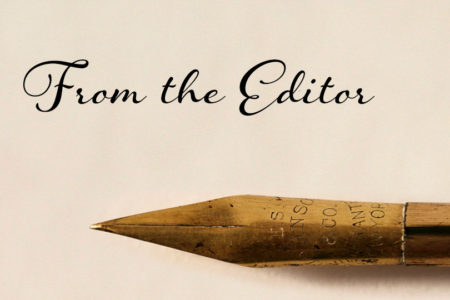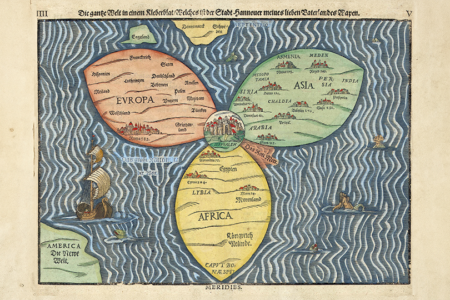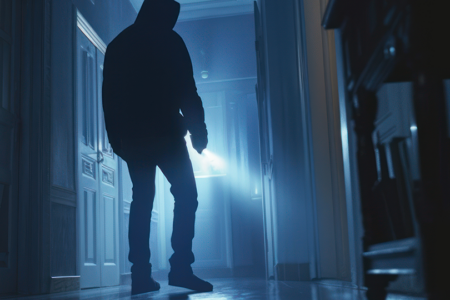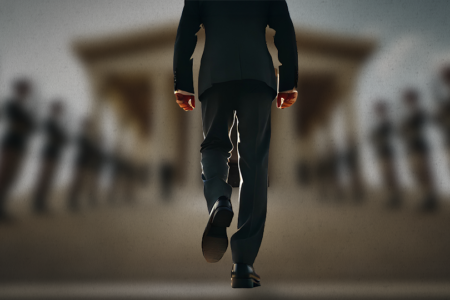Understanding Jewish Tradition
The Synagogue
Synagogue comes from a Greek word meaning “to gather or gathering place”. In Hebrew it is called “House of Assembly” (Heb. Beit Knesset).
In 586 B.C. the Temple in Jerusalem was destroyed, and the Jewish people were taken into captivity by the Babylonians. During this captivity the people met in the home of an elder or prophet for the purpose of prayer, reading of Scripture, exposition from the Word of God and religious instruction.
When the Jewish people were delivered from Babylon they went back to the land of Canaan and rebuilt their Temple, but also built many synagogues throughout the land. Wherever Jewish people went in the Diaspora they built synagogues.
The Synagogue Building
Synagogues were to be built on high ground, although this was not always done. There is no evidence that a synagogue must be built in any specific style, but many were patterned after the Temple in Jerusalem.
For a room to be considered a synagogue it must possess a cabinet in the wall called a “Holy Ark” (Heb. Aron Kodesh) where the Torah scrolls (i.e. books of Moses) are kept. A lamp called the “Eternal Light” (Heb. Ner Tamid) is hung above the ark and kept perpetually lit in direct command by God to Moses (Ex. 27: 20, 21). Worship is directed from a raised platform called a “Bimah”. A table (Heb. Shulhan) is placed on the platform in which the Torah scroll is spread out for reading during the service. Usually a seven-branched lampstand (Meb. Menorah) is placed on the platform in remembrance of the lampstand which graced the Temple in Jerusalem. In the orthodox synagogue a women’s section (Heb. Ezrat Nashim) is provided separating the men from the women. This takes the form of a curtain or a balcony in the rear of the synagogue. In reform temples the men and women sit together. In the orthodox and conservative synagogues men must wear a skullcap (Heb. Yarmulka) and a prayer shawl (Heb. Tallis). The reform congregations do not wear the skullcap and prayer shawl.
The Synagogue Leadership
Men have various functions within the synagogue. The rabbi (Heb. Rav) is the spiritual leader in the Jewish community. He has an expertise in the knowledge of Torah and Talmudic law. The rabbi teaches in the synagogue, judges religious issues within the Jewish community and represents the Jewish people before the non-Jewish world. The cantor (Heb. Hazzan) is to lead the congregation in prayer, various chants and carries on the musical program of the synagogue. The sexton (Heb. Shammash) cares for the property, religious service and objects used in the service of the synagogue. He can also be called upon to read Torah or lead the congregation in worship in the cantor’s absence. The treasurer (Heb. Gabbai) in the synagogue is appointed by the congregation to receive alms and distribute them to the needy and oversees the fiscal responsibilities of the congregation. The president (Heb. Parnas) of the synagogue oversees the board of directors and other lay officers within the congregation.
The Synagogue Worship
To carry on a worship service in the synagogue there must be at least ten Jewish men (Heb. Minyan) thirteen years of age or older who are present. Synagogues are open daily for those wanting to pray. Some synagogues have daily worship services in the morning and evening. Jewish people use a prayer book (Heb. Siddur) in their worship which has set Scriptures and prayers that are read throughout the service. Synagogue worship includes a number of elements in the service.
The “Shema” is an affirmation of the sovereignty of God taken from Deuteronomy 6:4-9; 11:13-21; Numbers 15:37-41. The word Shema (lit. Hear) is taken from the first word of Deuteronomy 6:4, “Hear, O Israel: The Lord our God is one Lord.”
The “Amidah” (Heb. to stand) is a collection of 18 benedictions which are divided into three divisions: firstly, those of praise unto God; secondly, supplicating petitions; thirdly, prayers of thanksgiving.
The “Torah Service” is a major part of Jewish worship. The Torah scroll is removed from the cabinet, spread out on the reading desk and seven members of the congregation go up (Heb. Aliyah) for the Sabbath reading. The first person to read is anyone from the priestly family (i.e. a Cohen). The second is from the Levites (i.e. a Levi). After the Torah reading, the Haftorah (a portion from the prophetical books) is read.
The “Sermon” is given by any learned person in the congregation and does not have to be from the rabbi. The sermon is usually taken from the Scripture reading of the day. The “Kaddish” (Heb. Sanctify) is a doxology praising the name of God. It is repeated throughout the service expressing hope that God will soon establish His kingdom on earth. At the conclusion of the service Kaddish is recited as a memorial to departed loved ones even though there is no mention of death in the prayer.
Less than 10 percent of the Jewish population in this country attend synagogue worship each Sabbath, and 70 percent only attend about four times a year.
The Synagogue Organization
The synagogue is an autonomous organization which is controlled by the Jewish community who formed it. Synagogues are democratic in government, electing a board of directors from within to oversee and govern its functions. Although the synagogue follows after the Jewish code of law in its ritual and practice, no outside group dictates to the local congregation how to run its affairs. Rabbis are not assigned to congregations, but are chosen by the local synagogue. Only about 45 percent of the Jewish population in this country belongs to a local synagogue according to Jewish statistics. The synagogue not only serves as a place of worship, but functions as a community center for social and welfare activities.
Today, there is no Temple in Jewish worship, even though some reform congregations call their house of worship a temple.







